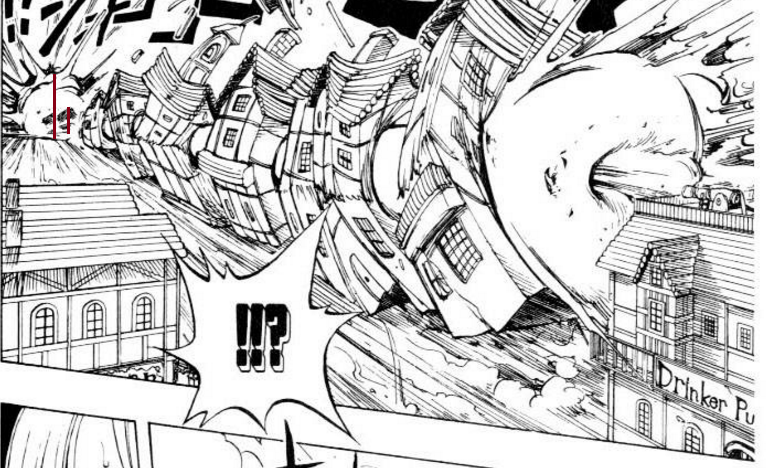- 19,526
- 17,165
Calcing the distance between the houses isn't needed.If there are 5 wooden houses and I have calculated their individual width and height, overall length between the houses
How do I calculate them getting fragmented?
You would get the mass of the houses by finding the volume of each one in m^3, then apply a hollowness value for each house to find the true volume. Once that is done, multiply that by the fragmentation value of wood and that's your answer in Joules.
